Your basket is currently empty!
The Tragic End of Cymru’s Last Native Princes
Some say that the biggest enemy of the Welsh throughout the medieval era was neither the Anglo-Saxons, nor the Normans, but our fellow Welsh. While I would respectfully disagree, perhaps this is evidenced somewhat in the case of Gruffydd ap Llywelyn (1010-1063) – the only Welsh King who united all of Cymru under one rule between 1053 and 1063.
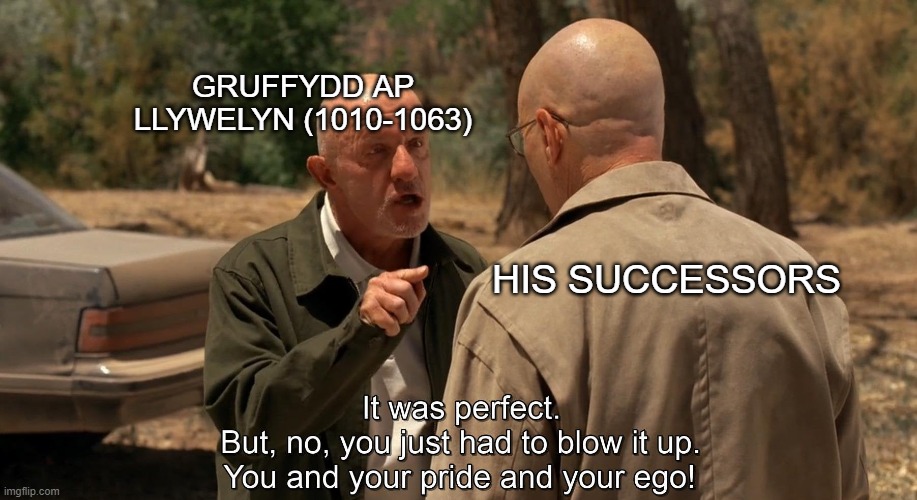
During this time, there was no internal strife and he was the undeniable “Head of the Britons” (Brut y Tywysogion, 13th century). Yet, Gruffydd would face a premature death because of the actions of some his fellow Welsh, who worked with the last crowned Anglo-Saxon English King, Harold Godwinson, in bringing his downfall.
A unified Cymru would have been far better prepared to face the might of the looming Norman invasion and, perhaps, the murder of Gruffydd ap Llywelyn was the beginning of the end.
Background Story of Llywelyn ap Gruffydd
Llywelyn (who is unfortunately referred to as “Llywelyn the Last”) reigned between 1246 and 1282.
The reign of Llywelyn was mostly troubled by a rivalry with Dafydd, who reigned between 1282 and 1283. By 1258, Llywelyn was using the title “Prince of Wales”, something King Henry of England refused to recognise, no doubt a consequence of his historic troubles with the Welsh Princes. However, Dafydd also refused to recognise the title and became hostile to Llywelyn. He aligned with Henry.
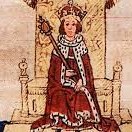
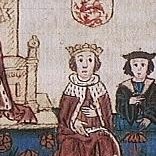
By 1267, Llywelyn had succeeded in uniting with many of the other Welsh Princes (The Treaty of Montgomery), who pledged to him, and regaining much of Gwynedd’s previously lost lands. Henry had no choice but to recognise Llywelyn as “Prince of Wales”. South Wales Princes, though, did not like Llywelyn and his territorial expanses – this would prove problematic.
In 1274, Dafydd failed with a plot to assassinate his brother and have himself installed as Prince of Gwynedd. As a result, Dafydd fled to England. In 1275, Llywelyn was called to pay homage to the newly crowned King of England, Edward I (Longshanks), in Chester. However, Llywelyn did not attend and this would begin the Welsh Prince’s biggest problem.
In 1277, Edward marched an enormous army into Gwynedd and took much of its land, cutting off the food supply. The intention for Edward was simple: defeat Llywelyn, disinherit him and split the Kingdom between his brothers, Dafydd and Owain.
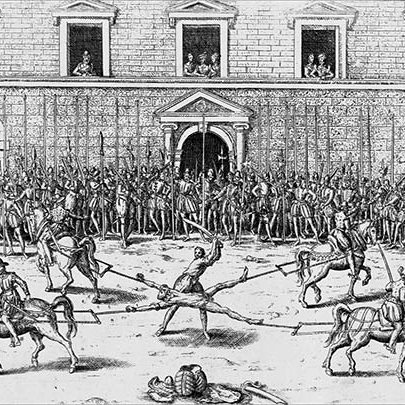
Llywelyn sued for peace with the Treaty of Aberconwy in November of 1277 and was allowed to keep his land and titles but would have to pay considerable fees to Edward. This would begin an attempt by the English crown to anglicanise Cymru, something which would force a reconciliation between Llywelyn and Dafydd and begin the next big revolt.
By 1282, the brothers were united in rebellion against the English, though they had not made the necessary preparations. Edward quickly took Ynys Mon (Anglesey) and peace attempts were made by the Archbishop of Canterbury, who offered Llywelyn his life if he were to surrender Cymru to Edward. They offered him the chance to retire to a manor house in England, and Dafydd was to join the Crusades. Llywelyn passionately refused, as he saw Cymru as his birthright and its freedom as his purpose.
Sadly, that same year at the Battle of Orewin Bridge at Builth Wells, Llywelyn would perish in battle. The circumstances are not known but a subject of speculation. He was slain defending his homeland in battle; decapitated by the forces of Edward and viciously mocked by English King and forces alike while his head sat at the Tower of London for over fifteen years. It is said that his head was even crowned with ivy in London – a mocking tribute to the ancient Welsh prophecy of a Welsh King being crowned “King of Britain” in London.
As for Dafydd, he would become Prince of Gwynedd following his brother’s death. He would continue the fight but fall into captivity the following year, where he would be tried for high treason (the first to have ever been tried for such “crime”) and would be hanged, drawn and quartered. We have a video about this specific topic, which we will share in the comments.
The title “Prince of Wales” would end there, at least as far as native Princes are concerned. It now carries on as a title for the heir to the throne, as intended by Edward I, who wished it to be so as a form of mockery towards Cymru.
And that concludes the series on the Kings and Princes of Gwynedd! We went through all of them, spanning hundreds of years and I am so happy that you enjoyed it. I will take a break from such a series for a short while before beginning with another Welsh Kingdom soon. Diolch yn fawr!
“Llywelyn’s Cave” in Aberedw, Powys
The cave gets its name from Llywelyn ap Gruffydd, sometimes titled as “Llywelyn the Last”, who, with his brother Daffydd, was the last rightful Prince of Cymru.
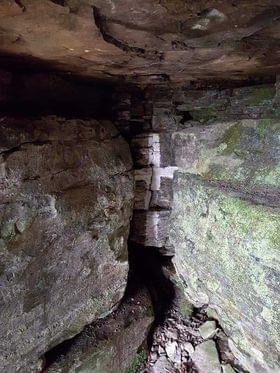
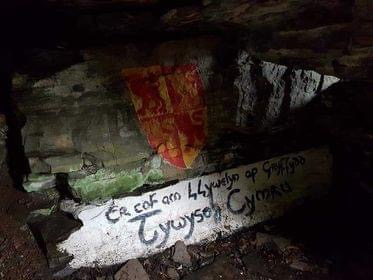
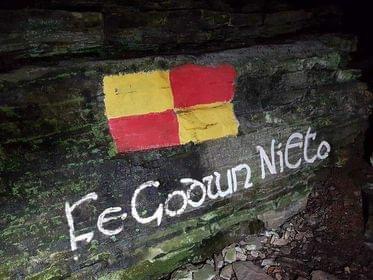
This is believed to have been the cave where he spent his last night alive, before he was murdered by English forces led by Edward I (Longshanks) during his Conquest of Cymru in 1282.
It is a good spot for anyone looking to pay their respects to our last true Prince.
Share us your thoughts on niklas@welshhistories.co.uk
READ MORE:
Four Welsh Paintings That Will Take You Back To the Heart of Welsh History
Earliest Welsh Map That You’ll Want to Hang on Your Fridge Door
Think You Know Welsh History? This Rebel Prince Will Make You Question It
More from Welsh Histories
Welsh Histories is a Welsh history celebrating platform which looks to promote all aspects of Welsh history. Though we focus predominantly on native Welsh history, we do also share the non-native aspects from time to time. You can follow us on Facebook; Instagram or Twitter for more. A reader? We also have our very own Welsh Histories Shop where we sell our Welsh Histories Magazine. Diolch yn fawr iawn and keep enjoying Welsh Histories
Sally is a proud wife of a Welshman, editor & writer of Welsh Histories. She’s all about stories—that shout ‘anything Welsh.’ Drop her an email if you have an advice, insight, experience, or a story to share.



